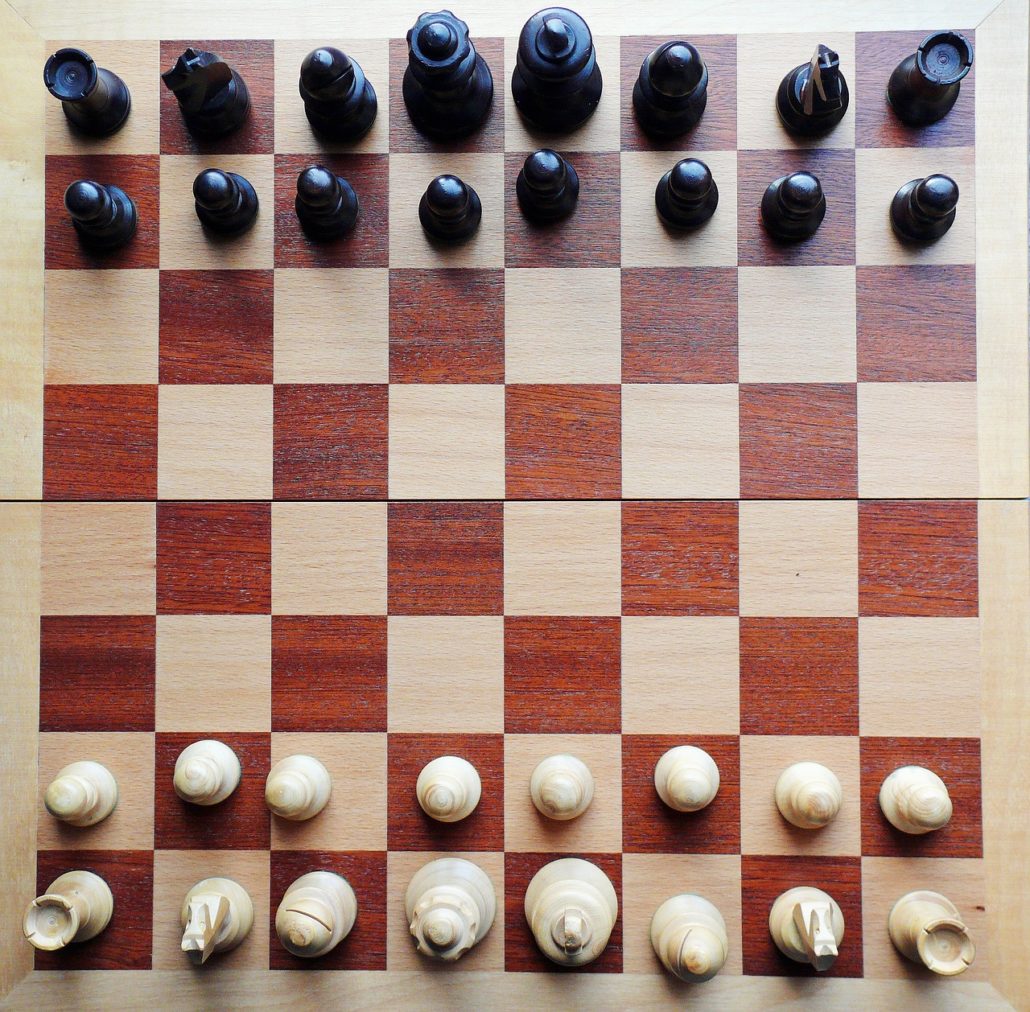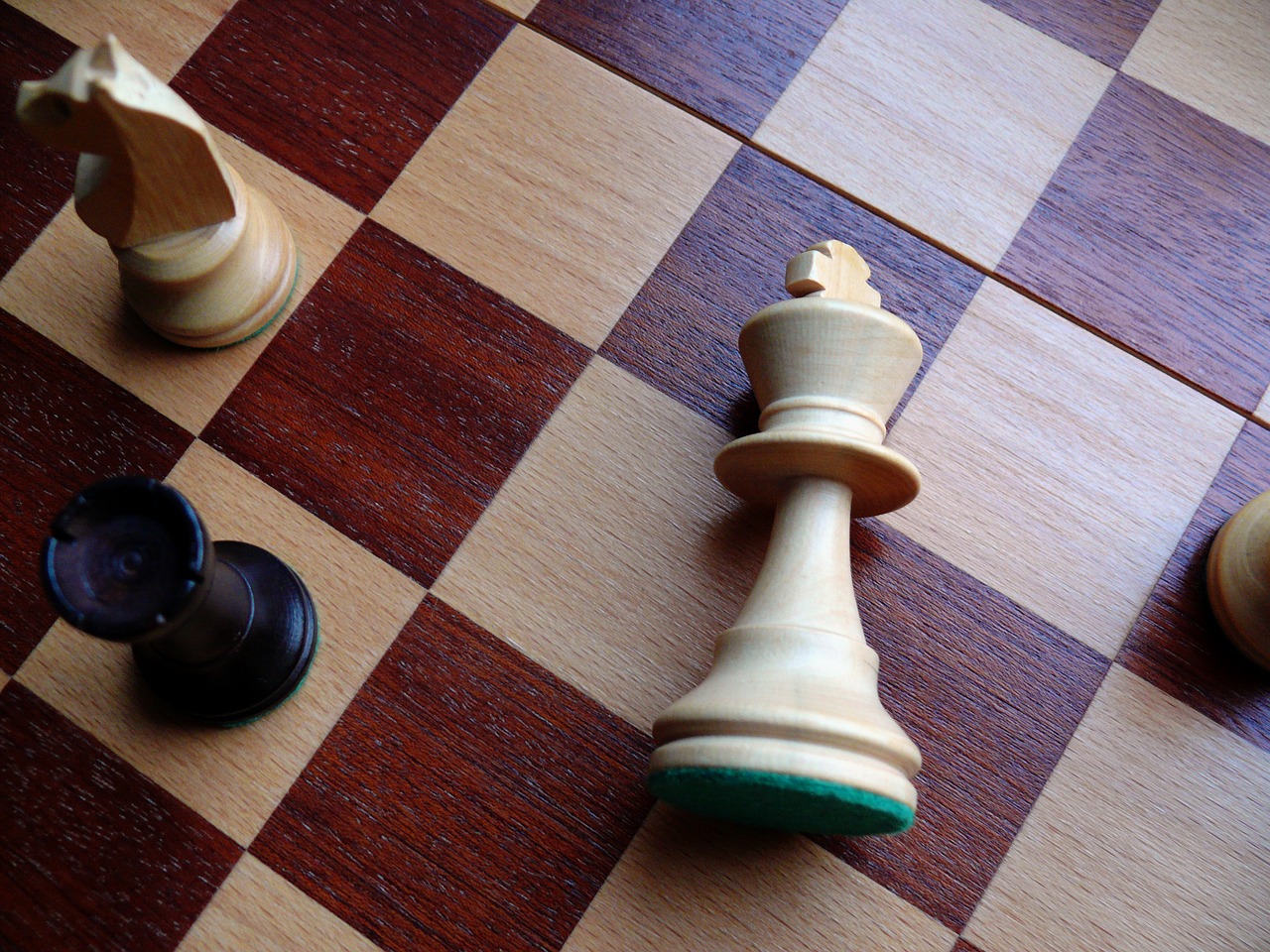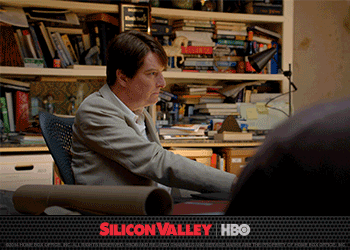Today our Batch 9 startups had their first meetings with StartupYard mentors. There are the first of about 6-7 45 minute meetings a day for a month. To put that in perspective, it’s about 80 hours of meetings with over 100 people. A lot to get through.
So how do we prepare startup founders for getting the most out of this crazy rush of ideas and perspectives? Simple: we give them tools, and training on how to use them. Pro tip: start with David Cohen’s Mentorship Manifesto.
The First Best Tool: Positioning
Typically when you ask accelerators what they do to “onboard,” their startups, they’ll talk about having a party, maybe doing team building, or giving an orientation. If it’s an American accelerator, except feel-good soul-searching with optional campfires and singalongs.
That’s not really our thing at StartupYard. Day 1 is about positioning. It’s about how in hell you’re going to manage to explain to 100 people what you do, in a way that a) doesn’t drive you crazy over the course of a month, and b) actually generates useful dialogue and common understanding with the mentors.
“Product positioning,” which we’ve also written about extensively on the blog, is really as much art as science. In short, it’s the art of framing your work in a context that others will immediately understand, accept, and sympathize with. A position statement details the target customer, what their problem is, how you solve their problem, what their alternatives are (your competition), and how you’re different.
We strongly believe that starting mentorship sessions with a positioning statement is key to getting the maximum possible value out of mentors. It sets the ground rules for a conversation at the outset: helping a mentor to understand what your basic assumptions are about the world and what you’re doing, and letting them know what you’re working on, and what you know about the business you’re in.
Positioning and Mentoring as Chess
Mentorship can be thought of as like a game of chess. There are two players, they are equally matched, but one must move first. Both know the rules, but neither understands the thinking or tendencies of another before the game begins. The game is limited to the pieces on the board. Slowly, by making their moves, the two players reveal to each other what is important to them. Every move has an answer, and you don’t stop until one of you is out of moves (or time is up).
Of course, mentorship isn’t a competition, but then in some ways, neither is chess. It’s an exercise in controlled, directed communication. That is what good mentorship is: a focused, stripped down form of conversation that teaches two people about each other.
In this light, mentorship can be seen as a process you can optimize and perfect. You can get better at it over time. Moreover, your planning and preparation for a match matter as much or more than your in-game execution. Going in with a clear strategy, and developing that strategy to control the board. The game is played before you sit down, mentally.
Here are some steps on how to prepare for mentoring:
Step 1: Setting the Board

Some founders rightly value their ability to react in the moment. We can call that natural salesmanship and charisma. It’s a great quality, but the truth is it is often bad in the long run for a startup founder to be too self-confident in conversation. More humble and more prepared founders end up getting more out of mentorship simply because they think more deeply about it.
A mentor that exists in the moment can be very effective because he or she meets many different startups. But a startup founder always has to talk about the same thing. Preparation helps us to avoid being predictable. Worse: failure to set the board properly can put the other person in control of the game.
Don’t Present: Lead a Conversation
Setting the conversational agenda is a vital step, and there are many ways of screwing it up. One of the ways founders fail at setting the agenda is by refusing to lead. Rather than come out and state what they do, and what they want to talk about, they will bite around the edges. They will delay, and distract, rather than getting to the point.
And this happens because of fear: fear of failure, or of looking stupid. That fear leads founders to try and push the focus of the conversation away from themselves. Sometimes they try to start with “literature” such as an executive summary or a pitch deck or video, as a way of easing the pressure on themselves. But this is usually a mistake, because the opening of a conversation is about “setting the board,” and bringing a mentor’s attention to the topic you want to discuss. A pitch deck or a video might be interesting, but it’s also impersonal. It isn’t you. You are a living mind, not a pitch deck.
If the first thing you show someone is a presentation, then more often than not, the whole conversation becomes *about* the presentation, or video, or whatever it is. Rather than engaging with ideas, a mentor reacts to things they are shown: they react to what they see, rather than what they are asked to imagine. This limits the conversation, and usually wastes time and energy.
Like in chess, getting the focus of the other player to the center of the board (and away from your side of the board), is critical to controlling the game. If you start out offering your work to a mentor for a critique, then the rest of the “game” is played on your side of the board. This is how mentoring sessions turn defensive and counterproductive.
Step 2: Following a Strategy

As conversations have many layers, so too does chess. There are tactics, such as using combinations of pieces or positions on the board to accomplish tasks, and there is strategy- the way you pursue your overall goals by using certain tactics instead of others. Just as in a conversation, the tactics you use are superficial: a certain combination of words or a way of speaking. Jokes are a conversational tactic. So is eye contact. But these are not strategy.
Often we confuse tactics for strategy. We talk about the superficial aspects of conversation: how to talk to people, and how to please them. But ingratiating yourself is one thing, and getting what you need from a mentor is something else. Establishing a deeper understanding is about genuinely testing the other person’s mind.
Your strategy is more premeditated, and it requires planning. How will I win this person to my way of thinking? How will I talk to them in a way they will understand and sympathize with? We do not achieve very effective conversations by relying on charm and wit alone – those are only tactical elements. Really good mentoring only happens when the founder plans ahead, thinking carefully about what they want from the mentor, and about how they are likely to get it.
Sit down and ask yourself these questions:
- What is this mentor expecting this to be? How can I confound that expectation to make my impression?
- What does the mentor want out of this?
- Where is the mentor stronger or more capable than me?
- Where are my relative strengths in comparison?
Having a good strategy means gathering intelligence about the mentor you’re talking to, having an outcome for your conversation in mind (the thing you want the mentor to give you or do for you), and understanding what it is the mentor wants from you.
All these questions can be asked before hand, but often are not. Some founders never engage in a clear strategy, and so they simply chat with mentors, never really getting anywhere. They try to be liked, rather than to earn respect and attention. Don’t make that mistake: having a “nice” conversation, and really getting something out of a mentorship session are not the same thing.
Step 3: The Endgame

Chess also has an end. Or rather, it reaches a point at which there is nowhere to go. That is the nature of the game, and to some degree, it is also the nature of a productive mentorship session.
Knowing when you should stop is as important as knowing how to start. When founders begin to repeat themselves, or to delay the end of the interaction, they start losing ground. Just as in chess, “getting to yes,” is about taking your shot when it’s available, and ending the game. Once you have agreed with the mentor on what the next steps are, you’re finished. Checkmate.
Sometimes too, mentors like to talk. I am guilty of that as a mentor, and I rarely end a conversation myself. If the person I’m talking to is very interesting, then I don’t always want to end it. But then that is about what I want as a mentor, not about what the founder needs. Thus, I do notice when founders are unable to break away and close the discussion. If the conversation takes on an air of inevitability, then don’t drag it out. Don’t get repetitive.
By having clear goals in advance, you’ll be more able to decide when and if those goals have been achieved, at which point you can conclude the conversation, and move on to other things.
Is ending your session hard for you? I know how it feels, and there are tactics for that too. You can try to:
- Summarize the conversation and thank the mentor for their time
- Repeat the agreed next steps, and say “I’ll get to it,” and get up to go
- Give the mentor a concrete time or date when they will hear from you again, eg: “expect an email from me by tomorrow evening.”
- Bring a third party into the discussion to break up the discussion, eg: “Cedric, I was just having a great talk with Lloyd.”
- Bring the mentor somewhere else physically, such as to get a cup of coffee
- Check the clock and apologize for using up so much of their time

State the Outcome Clearly
It’s gentlemanly and professional to state clearly what you intend to do next. Even if you’ve not had a very good session with a mentor, make a point of articulating the action you are going to take as a result of the meeting. “I’m going to think about what you said,” or “I’m going to read what you mentioned.” If you want to see the mentor again and they have agreed, then state that clearly: “I will see you in 2 weeks,” or “You can expect my call this week.”
It’s tempting to be vague in this regard, but don’t do it. Come away knowing exactly what comes next. No “so we’ll sees” or “maybe laters.” Just reset the board, and move to the next game.
Photo credit: Wooden Chessboards



